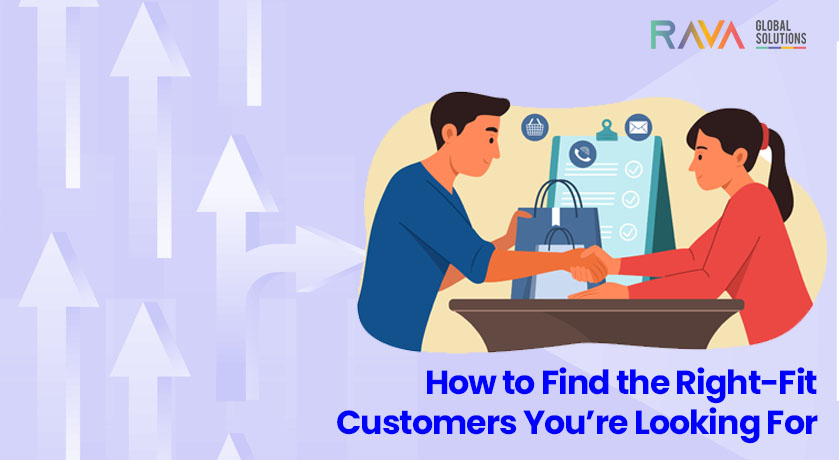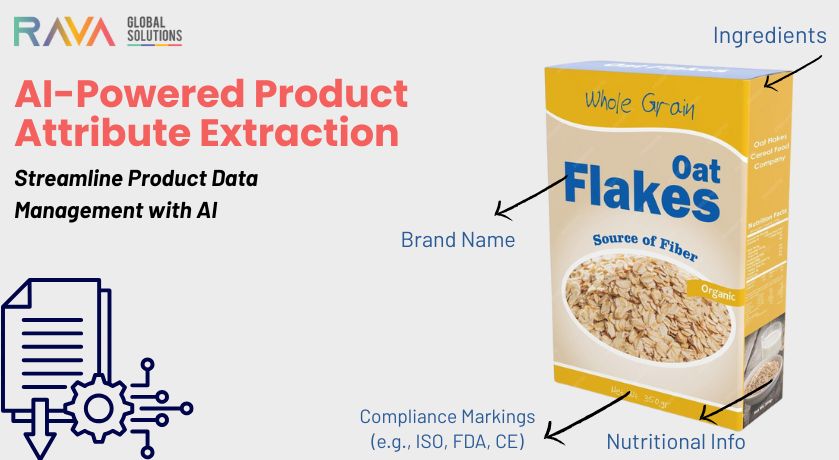Finding the right customers isn’t just about chasing leads—it’s about identifying, engaging, and converting the prospects who truly need your product or service. The best sales teams don’t waste time on low-quality leads. Instead, they use smart prospecting strategies and the right tools to focus on high-value opportunities.
At RAVA Global Solutions, we help businesses streamline their sales prospecting process using Salesforce, the world’s leading CRM. As a Salesforce Consulting Partner USA, we ensure companies find, nurture, and close the right-fit customers efficiently.
If you’re looking to boost sales and improve conversion rates, here’s how to refine your prospecting strategy and turn cold leads into loyal customers.
What is Sales Prospecting & Why Does It Matter?
Sales prospecting is the process of identifying and reaching out to potential customers who are most likely to buy your product or service. Unlike broad marketing efforts, prospecting is a targeted approach that helps sales teams:
- Fill the sales pipeline with high-quality leads
- Reduce wasted time on unqualified prospects
- Personalize outreach for better engagement
- Increase conversion rates and drive revenue
However, prospecting isn’t just about finding leads—it’s about finding the right leads and engaging them at the right time with the right message. That’s where Salesforce comes in.
Step 1: Define Your Ideal Customer Profile (ICP)
Before reaching out to prospects, you need to clearly define who your best customers are. Your Ideal Customer Profile (ICP) should include:
- Industry & Company Size – What types of businesses benefit most from your product?
- Pain Points & Challenges – What problems do they need to solve?
- Decision-Makers & Influencers – Who has the authority to buy?
- Budget & Buying Behavior – How do they make purchasing decisions?
With a well-defined ICP, your sales team can focus on high-value prospects instead of chasing unqualified leads.
Step 2: Leverage Salesforce for Smarter Lead Generation
Salesforce is a game-changer for prospecting because it helps businesses capture, qualify, and track leads efficiently. Here’s how you can use it:
🔹 Lead Capture & Management
Salesforce automatically collects leads from website forms, social media, events, and email campaigns, storing them in a central database for easy access.
🔹 Lead Scoring & Prioritization (Powered by AI)
Not all leads are equal. Salesforce’s Einstein AI scores leads based on their engagement, activity, and likelihood to convert—so your sales team knows who to focus on first.
🔹 Automated Lead Nurturing
With Salesforce Sales Cloud, you can set up personalized email sequences, follow-up reminders, and alerts, ensuring no lead slips through the cracks.
At RAVA Global Solutions, we help companies customize their Salesforce setup to automate and optimize prospecting efforts, making sales teams more efficient.
Step 3: Use Multi-Channel Prospecting for Maximum Reach
A successful prospecting strategy combines multiple channels to engage leads where they’re most active.
1️⃣ LinkedIn & Social Selling
🔹 Use Salesforce LinkedIn Sales Navigator integration to find and engage with decision-makers.
🔹 Send personalized connection requests and nurture relationships through valuable content.
2️⃣ Cold Email Outreach
🔹 Personalize emails using Salesforce templates and automation.
🔹 Track open rates and engagement using Salesforce Pardot or Marketing Cloud.
3️⃣ Warm Calling & VoIP Integration
🔹 Use Salesforce CTI (Computer Telephony Integration) for one-click dialing and call tracking.
🔹 Log calls and notes automatically to keep prospecting organized.
4️⃣ Webinars & Live Events
🔹 Capture leads from event registrations and sync them to Salesforce CRM for follow-ups.
🔹 Use event engagement data to qualify prospects and tailor outreach.
Step 4: Personalize Outreach & Build Relationships
Customers don’t want to feel like just another number. Personalization is key to turning prospects into customers.
🎯 Use CRM Data for Personalization – Before reaching out, check Salesforce for past interactions, interests, and preferences.
🎯 Ask the Right Questions – Instead of pushing a sales pitch, focus on the prospect’s challenges and goals.
🎯 Follow Up Consistently – On average, it takes 5-7 touchpoints to convert a lead. Use Salesforce automation to schedule timely follow-ups.

Step 5: Track, Analyze & Improve Prospecting Efforts
One of the biggest advantages of Salesforce is its ability to track and analyze prospecting performance.
📊 Dashboards & Reports – Monitor key metrics like lead conversion rates, response times, and pipeline health.
📊 AI-Powered Insights – Use Salesforce Einstein to predict which prospects are most likely to close.
📊 Optimize & Refine – Adjust prospecting strategies based on real-time data.
At RAVA Global Solutions, we help businesses set up custom Salesforce dashboards and automation to track prospecting success and make data-driven improvements.
Final Thoughts: Prospecting Smarter, Not Harder
Sales prospecting isn’t just about finding more leads—it’s about finding the right leads and engaging them effectively. With Salesforce, businesses can automate workflows, prioritize high-value prospects, and personalize outreach, leading to higher conversion rates and increased revenue.
As a Salesforce Consulting Partner USA, RAVA Global Solutions specializes in helping businesses optimize their sales prospecting process with Salesforce. Whether you need lead scoring, automation, or CRM customization, we’re here to help.
📩 Ready to supercharge your sales prospecting? Contact RAVA Global Solutions today and let’s build a smarter sales strategy!









